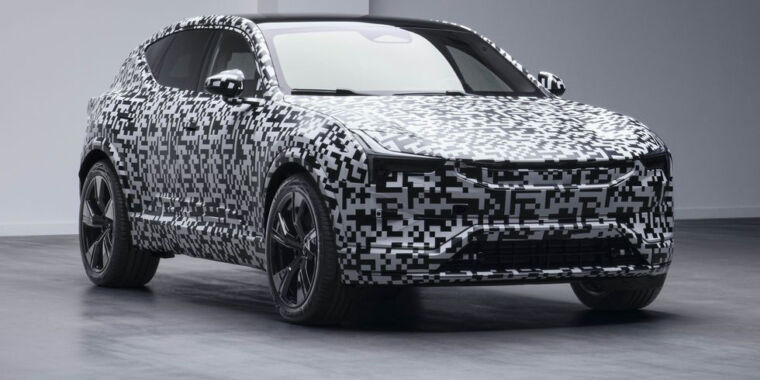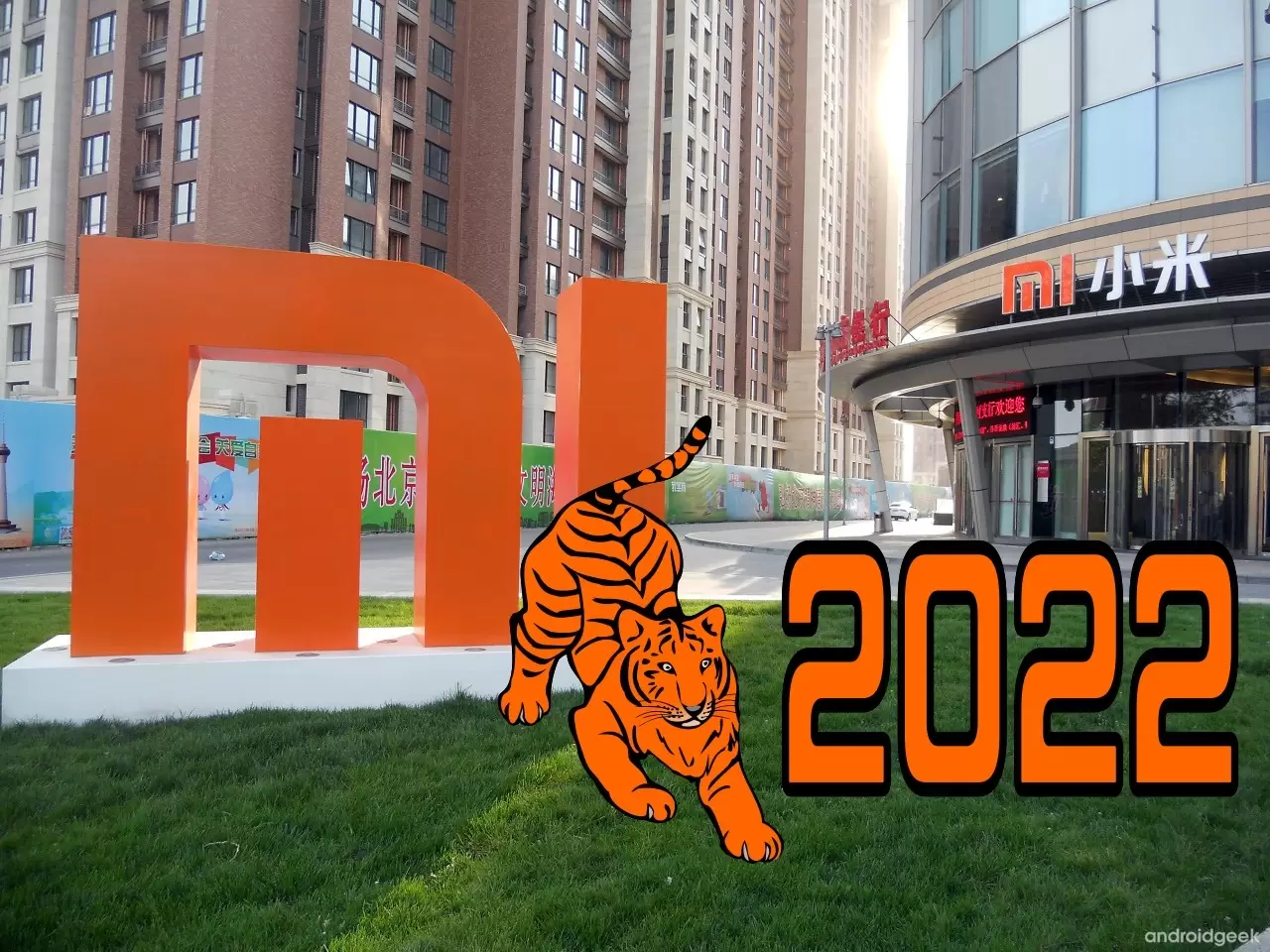Alphabet-owned Waymo unveiled its sixth-generation Driver system on Monday with a more efficient sensor setup. Despite having a reduced camera and LiDAR sensor count from the current platform, the self-driving ride’s new setup allegedly maintains safety levels. Once it’s ready for public rides, it will coexist with the current-gen lineup.
CNBC reports that the new system is built into Geely Zeekr electric vehicles. Waymo first said it would work with the Chinese EV maker in late 2021. The new platform’s rides are boxier than the current-gen lineup, built on Jaguar I-PACE SUVs. The Zeekr-built sixth-gen fleet is reportedly better for accessibility, including a lower step, higher ceiling and more legroom — with roughly the same overall footprint as the Jaguar-based lineup.
The sixth-gen Waymo Driver reduced its camera count from 29 to 13 and its LiDAR sensors from five to four. Alphabet says they work together with overlapping fields of view and safety-focused redundancies that let it perform better in various weather conditions. The company claims the new platform’s field of view extends up to 500 meters (1,640 feet) in daytime and nighttime and “a range of” weather conditions.
Waymo says the new system has a modular aspect, allowing it to “swap out various sensing components to match the specific conditions of each operating environment,” like more stringent sensor cleaning for vehicles in colder cities. CNBC clarified that the cleaning system includes wipers that can clear most dirt and moisture.
The company says the sixth-gen Driver performs reliably even in extreme heat, fog, rain and hail, thanks to “regular road trips to newer cities.” That makes sense, given that its currently approved cities are all in relatively clear and dry climates. (CNBC reports that Waymo tested it in Detroit, Buffalo and NYC.) Currently, Waymo only operates in San Francisco, Los Angeles, Phoenix and Austin. After launching in 2018, the company’s fleet serves around 50,000 paid autonomous trips weekly.
Waymo says the new generation already has thousands of miles of real-world driving experience (and “millions more” in simulations). The company expects it to be ready for consumers sooner than previous models — about half the time — thanks to learning from the system’s “shared knowledge” from its previous generations.
Note: This article have been indexed to our site. We do not claim legitimacy, ownership or copyright of any of the content above. To see the article at original source Click Here













